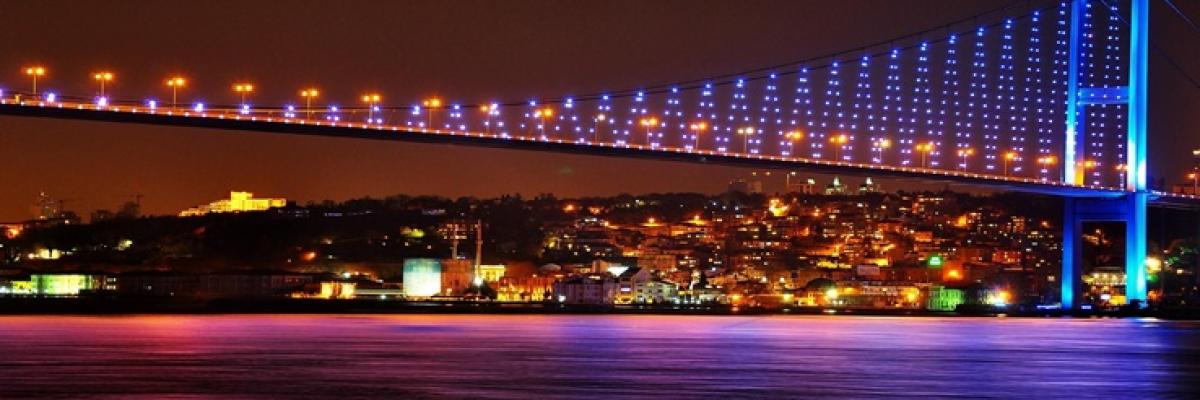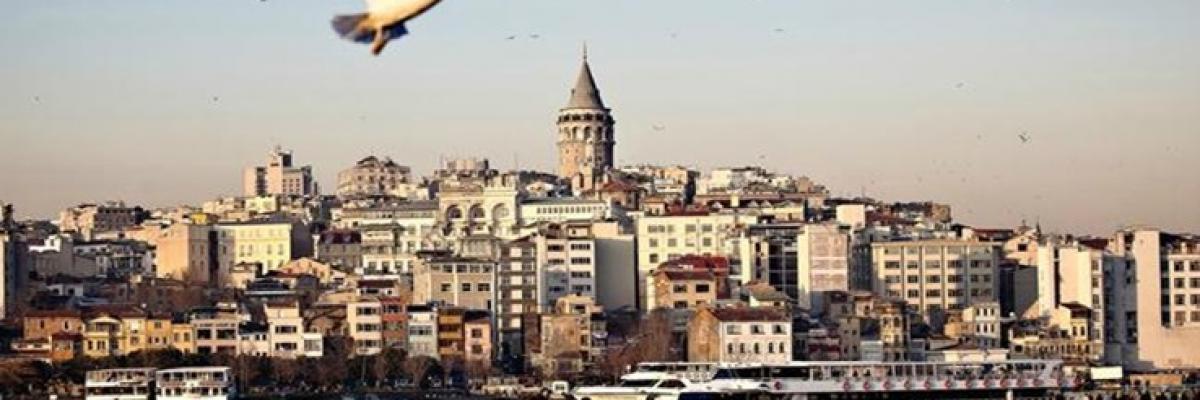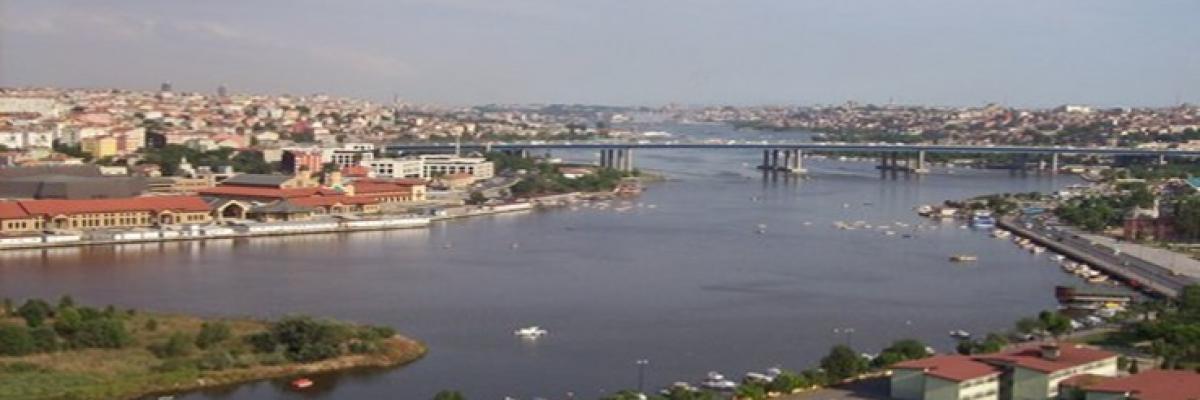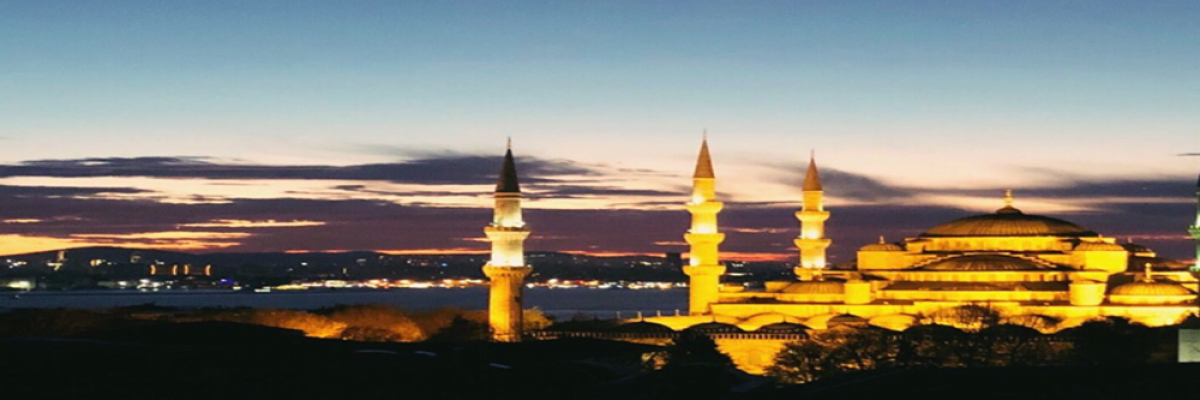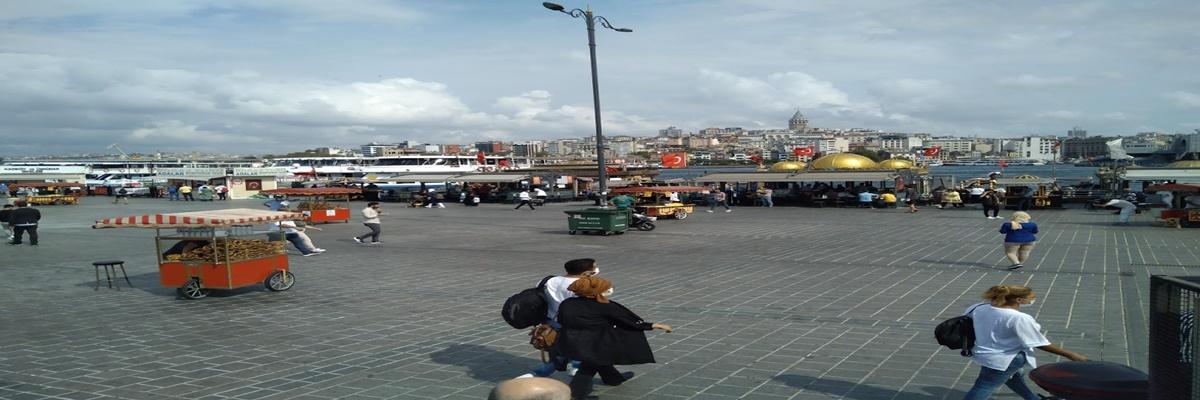Bolivia
BOLIVIA

Bolivia, officially the Multinational State of Bolivia, is a South American country. Its capital is Sucre; La Paz, Cochabamba, Santa Cruz, Potosi are some of its other important cities.
The country was named as Upper Peru during Spanish colonialism and later named as Bolivia (Bolivar's country) in memory of Simón Bolívar, who liberated South America from the Spanish yoke.
Capital Sucre (constitutional)
The biggest Santa Cruz de la Sierra
Official languages Spanish, Quechua, Aymara, Guaraní and 33 other languages.
Ethnic groups Bolivian Indians
Government Socialist republic
• President Jeanine Áñez
Declaration of independence August 6, 1825
Total Area: 1,098,581 km2 (424,164 sq mi)
Population 11,217,865
Currency Boliviano (BOB)
Time zone UTC-4
History
Although Bolivia declared its independence from Spain in 1809, it was accomplished in 1825, much later than the expulsion of Spanish soldiers.
Political life in post-independence Bolivia was often interrupted. Since 1825, when the country gained national independence, it has seen nearly 180 coups, more than ten different constitutions and around eighty presidents. Some of the presidents took over the administration by shedding blood and also lost it. Six presidents were killed while in office.
Bolivia's relations with its neighbors, especially Chile and Paraguay, have been unstable. In 1879, along with his ally Peru, he attacked his powerful neighbor, Chile, where he had border disputes. But the Pacific War that ended in 1883 was devastating for Bolivia. Having lost its coastline in the Pacific Ocean to Chile, Bolivia has been cut off from the ocean and the country has turned into a land state. The Bolivian people have not been able to forget the consequences of this war even today. The country went to war with its neighbor Paraguay in 1932, again due to a border problem. When this war, known as the Chaco War, ended in 1935, with the victory of Paraguay and the signing of a peace treaty that solved the border problem, Bolivia was able to annex only twenty-five percent (25%) of the disputed territory.
In 1966, in the Bolivian revolutionary movement led by Ernesto Che Guevara and with the support of Cuba, Guevara's guerrilla force of about fifty people, acting under the name of ELN (Ejército de Liberación Nacional de Bolivia - Bolivian National Independence Army), was well-equipped and in the mountainous region of Camri, Bolivia. He had some success against his regular army.
In September, the Army managed to kill two guerrilla groups and one of their leaders. This revolutionary attempt, which later turned into failure, ended with the murder of Che in La Higuera on 9 October 1967. But the killing of Che in Bolivia caused sympathy. As a result, he made the Movement Toward Socialism Party in power today.
Bolivia, the South American country, has seen numerous coups and wars after gaining independence from Spain.
Having seen nearly 180 coups, more than ten constitutions and 80 presidents since 1825, the country lost its coast to the Pacific Ocean after the war with Chile and became a land state.
Bolivia, which has been under civilian rule since 1982, has been run by socialist President Evo Morales, who won the 2005 elections.

General Information
Population: 11 million
Ethnicity: 68 percent Mestizo (white-native hybrid), 20 percent native, 5 percent white, 2 percent cholo, 1 percent black, 4 percent other
Area: 1.09 million square kilometers
Language: According to the 2009 constitution, there are 37 official languages in Spanish and 36 different local groups in total.
Religion: 92.8 percent Christians, 1.7 percent others, 5.5 percent do not believe any religion
Currency: Boliviano
General situation
Bolivia, one of the two landlocked countries in South America with Paraguay, is known for its political turmoil in the 200 years since its independence.
The country, called Upper Peru during its Spanish colony, declared its independence from Spain in 1825, but this independence was recognized in 1847.
Following Simon Bolivar's contribution to his independence, the country took the name Bolivia.
Bolivia, officially known as the Multinational State of Bolivia, is one of the poorest and backward countries in South America. One third of the country's land consists of mountainous terrain. Its neighbors are Brazil, Paraguay, Argentina, Chile and Peru. Bolivia, which attacked Peru and Chile in 1879, lost the Pacific War and lost its lands on the coast of the Pacific Ocean to Chile.
The most important cities of the country, whose capital is Sucre, are Santa Cruz and La Paz.
In Bolivia, where the majority of the population is made up of white and indigenous mestizos, the most used official language is Spanish, while 36 languages belonging to indigenous tribes, some of which are not used today, are accepted as official languages. Most of them are Guarani, Aymara and Quechua languages.
Economy
Bolivia, which is a developing country, 53 percent of its population lives below the poverty line.
The main livelihoods in the country are agriculture, animal husbandry, fishing, mining and textile. The country is rich in various mines, especially lithium, natural gas and tin. It is stated that half of the world's lithium reserves are in Bolivia.
With a gross domestic product forecast of $ 39 billion for 2017, Bolivia is the 96th largest economy in the world. National income per capita ranks 119th in the world with 3 thousand 500 dollars.
Political Situation
After Bolivia declared its independence from Spain in 1825, it faced a lot of political turmoil.
The country, which has seen around 180 coups and 80 presidents so far, has been ruled by the civil government since 1982.
In Bolivia, which was going through troubled years economically and politically, Evo Morales was elected president with 53.7 percent of the votes in 2005. Morales was reinstated as president in 2009 and 2014.
The country is governed by the constitution adopted in 2009.
Bolivia is an important country located in South America and home to about 11 million people. Covering an area of 1,098,581 square kilometers, the country is bordered by Brazil, Peru, Argentina, Paraguay and Chile. Like many South American countries in 1825, the country that got rid of the Spanish yoke was recognized in 1847. Although Bolivia, whose capital is Sucre, is an important country in terms of natural resources, it cannot reflect this situation to its economic development. Excavations in the region proved that the area was used as a residential area between 100 and 600 AD. There are many historical and touristic places in Bolivia. Here are the places to see in Bolivia ...

Salar de Uyuni Lake
It is one of the largest salt lakes known for its huge area of 10,582 square kilometers. Around 25 thousand tons of salt is obtained every year from Salar de Uyuni Lake, which is located at an altitude of 3,653 meters above sea level. Located in the city of Uyuni, Bolivia, the lake is also one of the valuable habitats for South American Flamingos. The lake, which fascinates hundreds of thousands of tourists every year with its perfect appearance, is a must see in Bolivia.
Tiwanaku
Bolivia, also known by names such as Tiahuanaco or Tiahuanacu, is an ancient city with valuable ruins dating back to the Inca civilization. The population of Tiahuanacu region is around 1000 today. The altitude of the ancient city is exactly 4,000 meters and the region has been recorded as a UNESCO World Heritage since 2000. Tiwanaku, one of the historical sites of Bolivia, must be discovered.

Witches Market
The Witches Market in the city of La Paz is one of Bolivia's most touristic markets. Sunday, famous potions such as Retema and Artemillos, dried frogs and herbs are sold. You can also find various trinkets and animal skeletons in the Halloween Market, where herbal mixtures believed to be a panacea are marketed. This old market is one of Bolivia's must-see attractions.
Cristo de la concordia
One of the largest centers in Bolivia, Pedro Hill, one of the hills of Cochabamba, is a huge Prophet. It is a statue of Christ. Together with the pedestal on which the statue is located, it holds the title of being the largest statue of Christ in the world with a height of 40 meters. Designed by architects Cesar Terrazas Pardo and Walter Terrazas Pardo, the construction of the magnificent monument was completed between 1987 and 1994. Cristo de la Concordia, known worldwide as one of Bolivia's most important landmarks, should definitely be discovered.
Valle de la Luna
It is a famous valley located about 10 km from La Paz, one of the most important centers of the country. Valle de la Luna translates into our language as 'Moon Valley'. Unlike many valleys, the tower-shaped structures found in Valle de la Luna are not made of clay but rock. The slopes of the valley can cause illusion from time to time. The valley, which reflects its light brown, light beige and red tones, is one of the haunts of climbers in Bolivia.

Plaza Murillo
It is one of the most central areas of the city of La Paz. Many important buildings such as the Presidential Palace of the city, the National Congress of Bolivia, local government buildings, La Paz Cathedral are located in this square. Designed in 1558, this wonderful square was also known by names such as Plaza Mayor and Plaza de Armas. Plaza Murillo, with its walkways, landscaped areas, cafes and restaurants, is one of Bolivia's most attractive recreation and sightseeing areas. Here you can relieve the tiredness of your travel and feed the pigeons while watching the historical buildings.
Coca Museum
It is a history museum located in the city of La Paz, Bolivia. The institution, which contains various information about the 'coca plant', the raw material of the cocaine drug produced in the country's Andean Region, is funded by the La Paz International Coca Research Institute. You can find all kinds of information about the coca plant in the museum.
Basilica of Our Lady of Copacabana
It is a 16th century Spanish colonial shrine located in the country's town of Copacobana. Located on the shore of Lake Titicaca, near the Altiplano area, the Roman Catholic house of worship was created in the Spanish Colonial-Moorish architectural style. This place of worship is believed to be the guardian of Bolivia. Completed in 1576, the famous basilica is one of Bolivia's historical and tourist attractions.

Amboro National Park
The national park, which is home to a total of 177 mammal species and 912 bird species along with predators such as oselo, cougar, and bear, covers a huge area of 4,425 square kilometers. Declared as a national park in 1984, the area is one of the largest protected areas in the country. Amboro National Park's altitude ranges from 300 to 3500 meters above sea level. The region is one of the richest national parks in the world in terms of botanical richness with over 3000 plant species. The wonderful region, which has been turned into one of the indispensable addresses of Bolivia travels, should definitely be discovered.
Sucre Cathedral
It is a famous Roman Catholic cathedral located in Sucre, the capital city of Bolivia. The spiritual building, also known as the Sucre Metropolitan Cathedral, was built between 1559 and 1712 and opened to worship. The historical cathedral, which stands out with its white and brown tones, operates as the archbishopric of the capital Sucre.
Bolivia, one of the countries of South America that fascinates with its nature, is a very attractive geography for adventurous travelers. With its untouched Amazon rainforests where you can explore wildlife, tribes where you can witness the traditional life in the region and raging waters, and rivers that give life to the country, Bolivia promises you a travel experience far beyond your dreams.
Lake Titicaca
Lake Titicaca (Lago Titicaca), known as the largest freshwater lake in South America, is located in the town of Copacabana. According to the legend, it is said that the Incas buried two tons of gold that they smuggled from the Spaniards here. You can have a fun trip with catamarans in Titicaca, which creates an exquisite landscape with its wonderful nature and calm atmosphere.

Isla Del Sol
Isla Del Sol (Island of the Sun), the largest island on Lake Titicaca, is one of the country's most popular destinations. In the village of Yumani, which is located in the southern part of the island, which you can reach by sightseeing boats departing from Copacabana, there are hostels and hostels where travelers can stay. There are also boats departing from this island where you can watch magnificent sunrise and sunset views.
Amazon Rainforest
Covering the border of Bolivia, Colombia, Brazil and Peru with all its splendor and mystery, the Amazon Rainforest is home to over 100 tribes as well as fascinating wildlife. If you want to take a trip in this forest, you must use a guide. Because it is very likely that you will lose your way in this place surrounded by dense trees.
El Camino de la Muerte
El Camino de la Muerte, also known as the 'death road', did not take this name for nothing. Because the number of people who lost their lives on this dangerous road was not at all. Considered one of the most dangerous routes in the world, El Camino de la Muerte, with its sharp bends, cliffs and narrow road that is not even three meters wide, attracts adventurous travelers who want to go hiking and cycling.
Madidi National Park
Madidi National Park (Madidi National Park), created in 1995 and located on an area of 1.89 million hectares, is one of the leading areas in the world in terms of biodiversity. Very interesting animal species such as jaguars, giant ants and poisonous butterflies live in this park, which starts from the Andes Mountains and extends to the Tuichi River.
Places to visit in La Paz
Looking like a bowl when viewed from above, La Paz means "peace" in Spanish. It is the most developed and populous city in the country, as it has the title of administrative capital. La Paz, which has the only airport where planes rise when landing, is also the world's highest capital with an altitude of 3600m. You will directly feel what this means as you climb the stairs of the city. Therefore, it is necessary to be cautious against changing weather conditions. Plaza Avaroa, Plaza San Francisco, Plaza Murillo and Plaza Espana are the largest and most crowded squares surrounded by European cafes. Those interested can see the Witches Market and Death Road, one of the world's most dangerous cycling activities. Other interesting points in the city are as follows:
Sagamaga Street, Magic Market, Museo de la Coca, Copacabana, Lake Titicaca ,, Moon Valley (Valle de la Luna), Tupiza, Santa Cruz
Places to visit in Salar de Uyuni
Thanks to the illusion of mother nature, Salar de Uyuni, the world's largest mirror where the ground and the horizon meet, is located in the southwest of Bolivia. The lake, covered with ice-cold salt, looks like a mirror, the water accumulating on its surface during rain, reflecting every object on the lake. Cactus clusters and colorful lagoons on the Fish Island in the center of the lake offer an intriguing and interesting view that is photographed in abundance. In addition, Tupiza, with its magnificent view and hiking trails, is one of the first places visited by those who come to Uyuni.
What should we eat and drink?
The spicy Bolivian cuisine focuses more on meat dishes. You can easily understand the smell of red meat and chicken that spread to the streets of Bolivia that meat is eaten at any time of the day and at every meal.
Be sure to try the local dish served with potatoes and rice along with the steak that resembles schnitzel and has eggs on it. His name is Silpancho. Saltenya is a meat dish served with a special sauce and cooked in the oven, and it is also served with potatoes. Antıcucho de corazôn dish made of beef is also perfect for an evening meal. Shish kebab style is cooked and of course served with potatoes. So we say that potatoes are very popular in this country and you can see them accompany many dishes. Another staple of the dishes is the llajhua seasoning, which is similar to salsa sauce.
Where should we have fun?
There is not much room left for nightlife in Bolivia, as all day long activities take away most of the travelers' energy. However, this does not mean that the nights are not colorful, of course. Performing in the squares, the artists attract a cheerful crowd with their entertaining shows. Dance shows, which start with live music with Spanish melodies, in restaurants where dinner is eaten, add a different touch to the meals. Due to the long distances to be covered and the slow transportation, the nights that start early also end early in Bolivia. It is necessary to be careful about the possibility of the local people raiding in the streets late at night.
Where should we stay?
Considering the economic situation of the country, luxury hotels are not common. Accommodation is generally limited to mid-range hotels, hostels and hostels. If you are coming with a tour program or a package holiday program, it will not be a problem to find a place. Otherwise, it is useful to make a reservation in advance. In hostels and mid-level hotels, daily accommodation ranges from 10-45 Dollars including breakfast. You can choose from the Radisson Hotel, Camino Hotel, Hotel Berlina, Hotel Colombus, Camino Real, Hotel El Dorado, Las Brisas, Hostel El Lobo and Hostel Maya according to your budget and your taste. It is useful to ask how the rooms are heated in relation to which season you are going.
Where shall we go for shopping?
We can say that shopping is very affordable in this country. Berets, sweaters, ponchos and coats made of colorful llama wool work well in the nights of high altitude areas. The trousers preferred by travelers are quite comfortable as they provide high mobility. In addition to these, hand-made rugs decorated with symbolic patterns by the locals, ornamental objects reminding cute llamas, various gifts made of guayacan flowers and local musical instruments can be bought. You will find many things that can be bought as souvenirs and gifts at the stalls set up in the local markets and shopping centers. Don't forget to visit the Mercado Brujos and Mercado Hechiceria region. Bolivanita, which is a stone found only in Bolivia and resembles a ruby, should be kept in mind that jewelry made of natural stones is also very popular.
Remember these!
It should not be forgotten to research and be cautious against altitude sickness, to seek personal doctor's advice beforehand, to avoid alcohol consumption and to drink plenty of water.
The locals do not allow their photos to be taken and react adversely because they think that the soul leaves the body when they take pictures.
Local women usually have children in the bundles they carry on their backs. If the fedora they wear is upright, it means they are married, if it is slightly on the side, it means they tend to get married.
It is a must for travelers to take a photo in front of the statue that symbolizes the murder of the famous leader Che Guevara by being trapped in Bolivia.
Be prepared for different weather conditions due to altitude and take different clothes with you.
It is necessary to be careful in the touristic regions of Bolivia, which is the poorest country in the South American continent. There are warnings even across the country against fake police, cut-offs and illegal taxis with robberies.
